Let's take a look at why Client-Side Encryption is the gold standard your organisation didn't know it needed.
With the growing use of technology also leading to more risk of data breaches and hacking, encryption serves as a good measure in protecting your data against potential hacking but not just any encryption. Let's take a deep dive into client-side encryption.

Why does encryption matter? (and what is it exactly).
Perhaps before answering this question, it is important to have a look at what encryption is and why it matters in relation to your data.
At its very basic interpretation, using strong encryption to secure and protect your data, especially data contained in emails, helps to maintain a more private and secure digital presence.
With the growing use of technology also leading to more risk of data breaches and hacking, encryption serves as a good measure in protecting your data against potential hacking.
However, there are varying standards of encryption – this is where the client-side encryption comes in (at the gold standard). In fact, it’s client-side encryption that fully protects your data and guarantees that the information that you send is only seen by your intended recipient and no one else. Other encryption solutions may only protect your data when it leaves your computer, however not as it is travelling on the way to the intended recipient.
Let's go deeper into the Gold Standard. AKA: Client-Side Encryption.
Client-side encryption ensures that your information or data is encryption along the whole way of the journey until it reaches your intended recipient. That is, any servers that may touch your data on the way to its destination, will not be able to access or read the data. It is only when the data reaches its destination and a key is used to open and decrypt the data, that it will be seen.
Web-based software services, such as LifeReady, function in two distinct locations:
(1) devices and systems controlled by the user and
(2) devices and systems controlled by the service provider.
At LifeReady, we refer to the user’s devices and systems as clients, and the provider's devices and systems as servers. Typical examples of client devices and systems are phones and laptop computers and the web browsers that run on them. With these services, a user provides data via their client and this data is sent to the provider’s server via the internet.
It’s critically important to note that the internet is controlled by neither user nor provider; the connection between client and server will typically involve devices and systems controlled by a number of unrelated and often unknown intermediate organisations. It is also subject to various forms of intrusion such that other parties – such as law enforcement or criminal elements – can capture the data being transferred.
Client-side encryption is a technique whereby data is encrypted on the client’s device before being transmitted to the server. This means that is protected in transit. From the moment it leaves the users’ device, while it traverses the internet and is subject to snooping, it will appear as garbage and unable to be deciphered except by those that hold the keys to the decryption.
Further, with LifeReady, only the user, and any other parties the user explicitly chooses, have access to the decryption key. Once the data is encrypted on the user's device, the only parties able to decrypt it are the user themselves and those they have chosen to share the data with.
To keep up to date on the latest product news, make sure you subscribe to LifeBlog.
If you would like to learn more about how LifeReady can help you organise, store and share your important life information, or to try out our platform contact us here: lifeready.io
